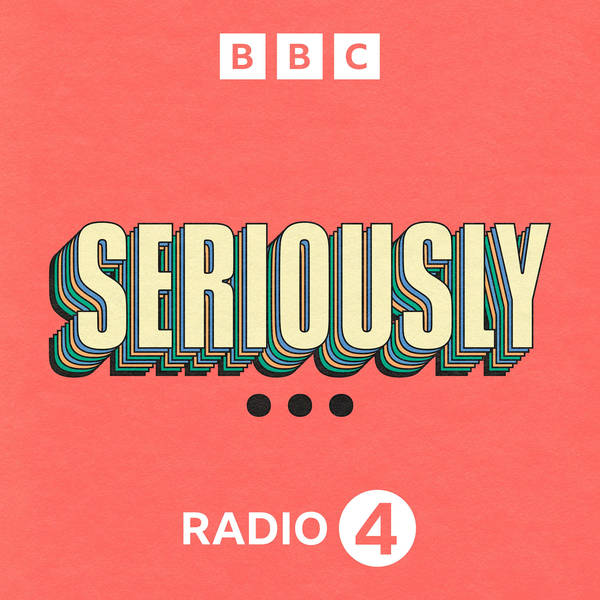
The Nuclear Priesthood
How do we send a warning a hundred millennia into the future?
Poet Paul Farley considers how we might warn people three thousand generations from now about the radioactive waste we’ve left in geological disposal facilities deep underground. As he does so he explores the essence of communication and storytelling and the elements of our language, art and culture which are truly universal.
In countries across the world, including the UK, USA, France and Finland, the hunt is on for underground sites which will survive shifting tectonic plates or passing ice ages and remain secure for tens of millennia - maybe a hundred thousand years - until the radioactive waste they contain is no longer a danger. And once it’s buried, how do we leave a clear, unambiguous warning message - that this site is dangerous and should not be disturbed - for a society which may be utterly different from our own?
Can we still use written language? Would pictures and symbols be more easily understood? Or could we construct a landscape of vast monuments to instil fear in anybody who saw them. Paul talks to writer Helen Gordon about her experience of visiting the Onkalo nuclear repository in Finland and the challenges of warning the future about what it contains.
He hears from Jean-Noël Dumont, Manager of the Memory for Future Generations programme for the French nuclear agency Andra. For several years Andra has asked artists to devise a warning of the existence of a nuclear repository. Stéfane Perraud and Aram Kebabdjian responded with the idea of a Zone Bleue – a forest of genetically-modified blue trees which act as a memorial rather than a warning.
In 1981 linguist Thomas Sebeok proposed the idea of a ‘nuclear priesthood’. The idea takes its inspiration from world faiths which have passed on their message for thousands of years. At an ancient Christian site in the shadow of Heysham nuclear power station Paul meets Robert Williams, Professor of Fine Art at the University of Cumbria who, with American artist Bryan McGovern Wilson, has brought to life the idea of a Nuclear Priest, imagining their vestments, their rituals and role.
There’s compelling evidence that oral traditions can carry memories of events not just for centuries but for thousands of years. Professor Patrick Nunn has been researching Indigenous Australian stories which appear to carry the folk memory of a time after the last ice age when sea levels were much lower – around ten thousand years.
So could a story, a poem or a song be the answer? As the programme unfolds, Paul devises a poem to carry a warning to distant generations.
Producer: Jeremy Grange
Programme image courtesy of Robert Williams and Bryan McGovern Wilson with Michael Coombs. It was taken during the Alchemical Tour of Archaeological Sites in Cumbria and North Lancashire, as part of the Cumbrian Alchemy Project.
